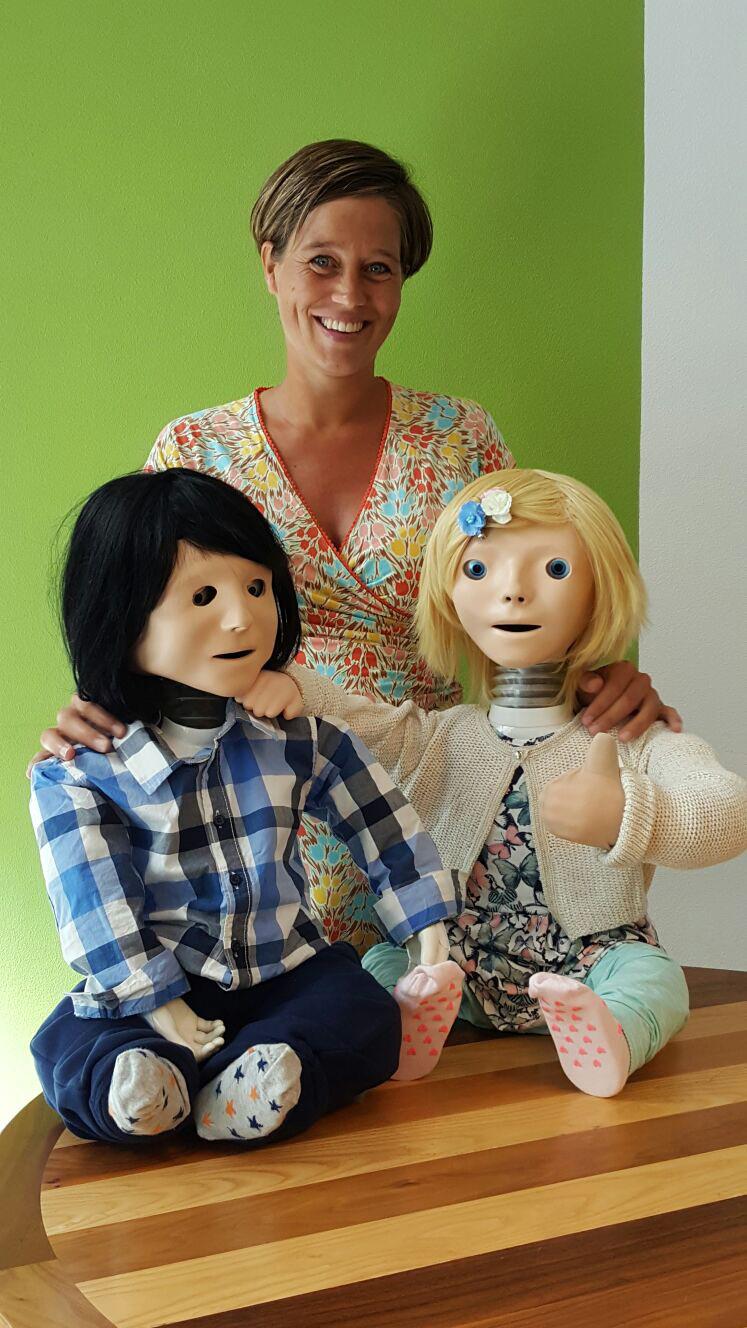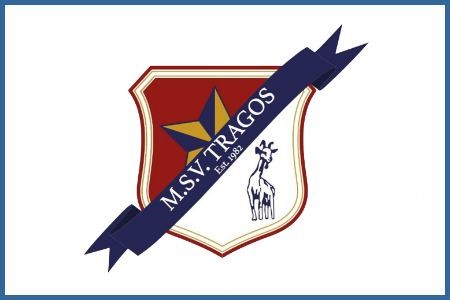Care robots for a normal life
Claire Huijnen’s PhD research into social robots in healthcare features in a documentary on Dutch TV Wednsday night, 4 April. Thanks to her help, social robot KASPAR can help autistic children. In 'Scenarios for a normal life' (part of Autism Week on NPO2) you can see how eight-year-old Jonathan from Limburg benefits from it.
Man and technology – curling iron and cockpit
Claire Huijnen has always had an interest in technology and gadgets: "I was allowed to operate the record player when I was three, I was lugging around a huge camera, and later I soldered my own curling iron.” Studying psychology allowed her to combine her interest in people with her passion for technology. Among other things, she looked at how airplane cockpits can be arranged in the most instinctive way.
Always among the pioneers
After completing high school in 1996, Claire Huijnen studied psychology at the Faculty of Psychology and Neuroscience at Maastricht University. She specialised in Cognitive Ergonomics, i.e. how to deploy knowledge of human behaviour in order to organize daily life more efficiently.
Huijnen was part of only the second cohort of psychology students at UM. "It’s the story of my life: being among the first ones in a new study programme. After UM, I studied the master programme User System Interaction at TU Eindhoven. We were the third cohort there ".
Robots for the elderly and children
After stints with Philips Research and Vodafone R&D, Claire ended up at Smart Homes in Eersel, where she worked on a number of European research projects in care robotics, especially robots enabling older people to live independently for longer.
UM and Zuyd professor Luc de Witte and the late Gert Jan Gelderblom (also Zuyd) invited her to research how social robots can aid children with autism. "I wanted a topic for my PhD that touched both my heart and my head – and this was the perfect fit." She is currently a member of the research group Supporting Technology in Healthcare and the Expertise Center for Innovative Care and Technology at Zuyd University of Applied Sciences.

Healthcare researcher Claire Huijnen
Her research is embedded in the Care and Public Health Research Institute (CAPHRI) of the Faculty of Health, Medicine and Life Sciences (FHML). She hopes to complete her doctorate later this year.
How she programmed KASPAR
The basic model of KASPAR, the technical platform Huijnen uses, was developed by researchers at the University of Hertfordshire. However, the robot still could not do anything to help children with autism in the Netherlands. "It was like a laptop without software." Together with experts in the field of autism, she has devised new scenarios, applications and interventions, which she then programmed into KASPAR.

Why use a robot rather than a human?
In the documentary 'Scenarios for a normal life', you can see how KASPAR is used to help Jonathan, an eight-year-old with autism. "It's a bit of a paradox: you want to support children in social interactions - why use a robot rather than a human? But children with autism can understand KASPAR's message better because it’s free from e.g. emotion, tone, gestures or double meaning."
KASPAR won’t be suitable for all autistic children but because many children on the autistic spectrum are interested in technology, KASPAR will more easily hold their attention. "They just think he's cool!", Huijnen concludes.
'Scenarios for a normal life' airs on 4 April at 22.55 on NPO2.
Also read
-
Heerlen, Maastricht, and Sittard-Geleen will continue the services for the Euregional and international labour market in South Limburg for an extended period. Maastricht University actively supports in attracting and retaining Euregional and international talent."
-
Dutch universities have jointly announced measures to manage the intake of international students and enhance Dutch language proficiency. Maastricht University is committed to finding tailored solutions that align with both the university and its environment.


